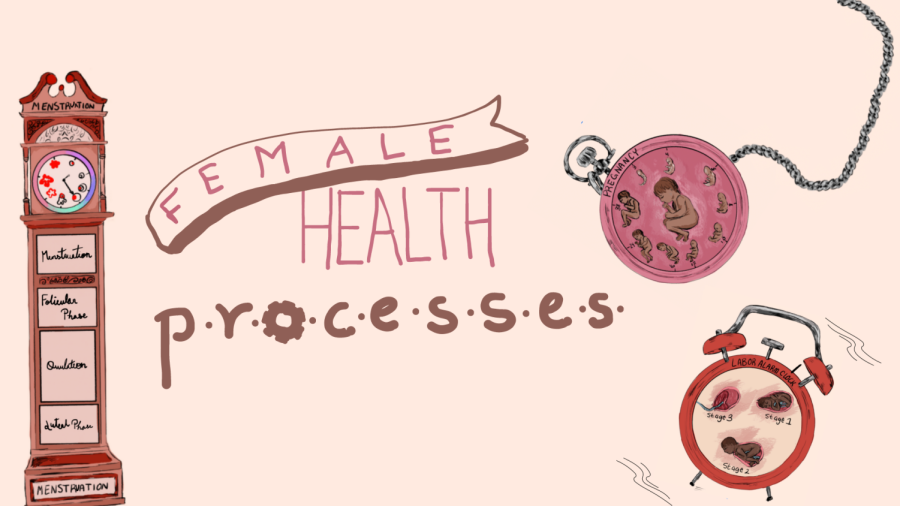The administration has a limited amount of money to spend on the needs and resources of the student body. Schools should put more of their budget into purchasing period products for students.
Having menstruation products readily available in bathrooms creates a more convenient and comfortable environment for students. A Washington Post article by Danielle Paquette talked about how many states in the United States don’t consider period products a necessity, even though menstruation cycles affect 50.5% of the population. Vandegrift High School has a very linear campus, making it difficult to travel from one side of campus to the other. If a student in Building 3 starts their period, and none of their friends have a pad or tampon, they have to walk all the way to the nurse’s office in Building 1 to retrieve one. With machines in the bathrooms, it will take less time to access them.
Due to the social stigma around periods, many students feel uneasy talking about it. Forcing them to talk with teachers or the nurse may make them feel uncomfortable. The shame around periods has a very long history, even if it has improved slightly in recent years. Providing free products to help show support silently will prevent students from feeling pressured to discuss their bodies with another person. When students can you’re allowed to go to any bathroom in the school for resources, it allows more privacy around the topic.
Adding period products would minimize the stress of female students who go through puberty while attending high school. Many students entering high school have already started their period, or will soon. For those who haven’t yet, the security of provided products diminishes the challenge of the adjustment. Having menstruation products readily available gives them one less thing to worry about and helps make the transition easier.
The cost of purchasing and installing the products and dispensers presents the greatest barrier to the school’s budget. It will take a lot of money to fund the constant administration of period products, but spending money avoids the risk of period poverty in students, which references the lack of resources or knowledge regarding periods. Some examples include not having access to period products, having no one to talk to about the subject, or schools providing little to no education regarding menstruation.
Redistributing the expenditures of LISD from extracurriculars and concessions to fund the cost of menstruation products could help provide them for the school. The health and well-being of students should hold a higher priority. Even taking donations could help provide for the school. Administration should allot more of the school budget and resources to provide period products for students.


